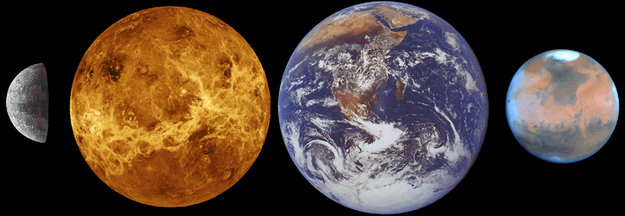Forming Terrestrial Planets from a Narrow Annulus
Lexi Detweiler, Seth Jacobson
.
| Abstract | Background | Methods | Results | About Me |

METHODS
We have used the planetary dynamics code Swift (Hal Levison and Martin Duncan, 1996) to simulate several truncated disk scenarios. Three types of simulations were completed:
- Varying number of embryos (keeping total mass in disk constant at two Earth masses)
- Varying embryo mass (keeping total number of embryos constant at 400 embryos)
- Investigating pebble accretion as possible solution
Varying embryo number
First, we ran simulations varying the initial number of planetary embryos (ranging from 3-400). For each of these trials the total mass of the disk was held constant at two Earth masses (M⊕), and embryos were equally spaced in terms of mutual Hill radii.Varying embryo mass
Second, we ran simulations varying the total mass of the disk, which in turn varies the separation distance of embryos in terms of mutual Hill radii. For these trials the total amount of embryos was held constant at 400.Pebble accretion
To investigate the possibility of a truncated disk being created via the process of pebble accretion, simulations were run using varying values for pebble flux, ranging from 100 to 2000 Earth masses per million years. The total initial amount of embryos was varied from 20 to 400, and for each embryo amount, all values of flux were tested.
. Alexandra (Lexi) Detweiler
. Northwestern REU Student 2018
. Illinois Institute of Technology